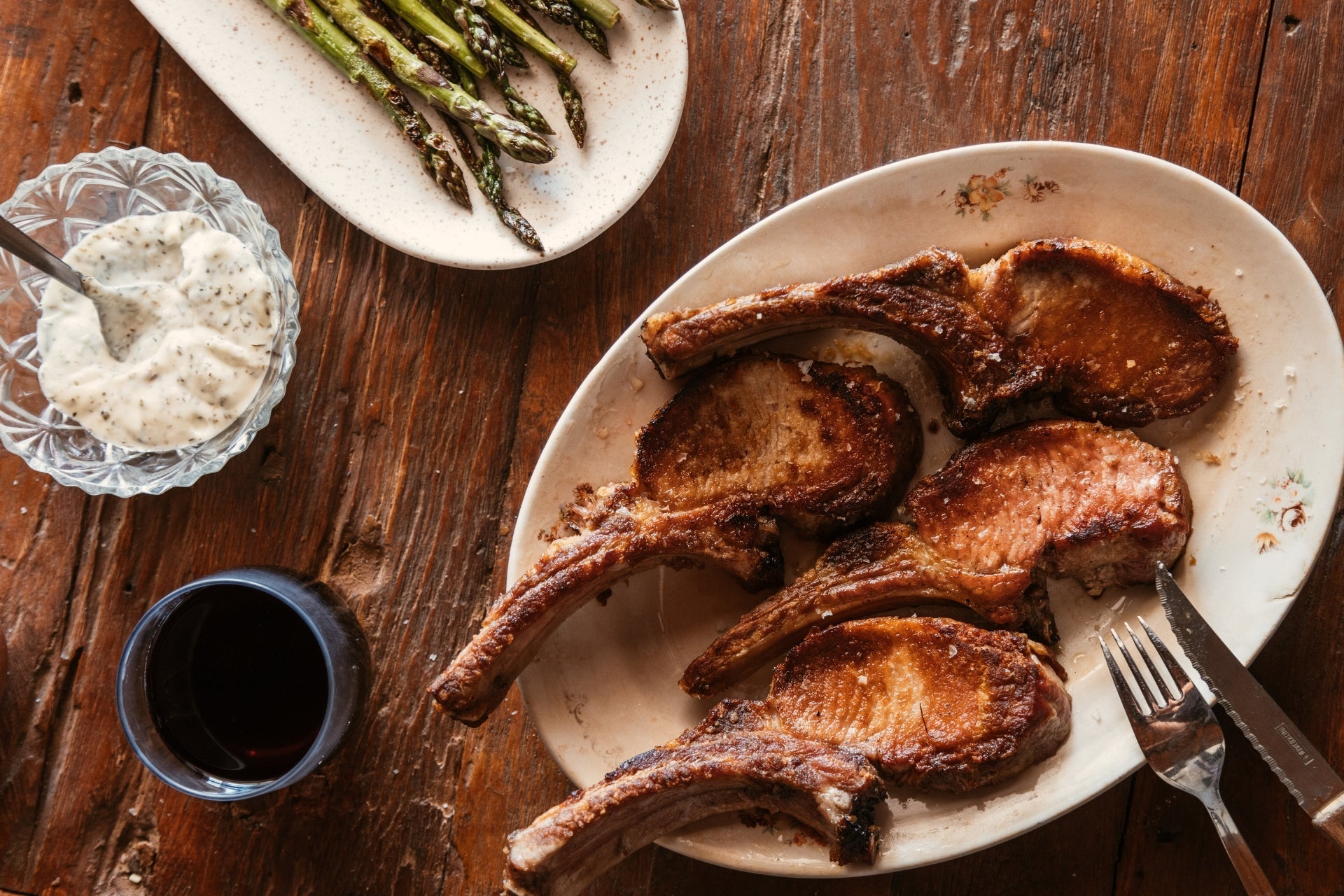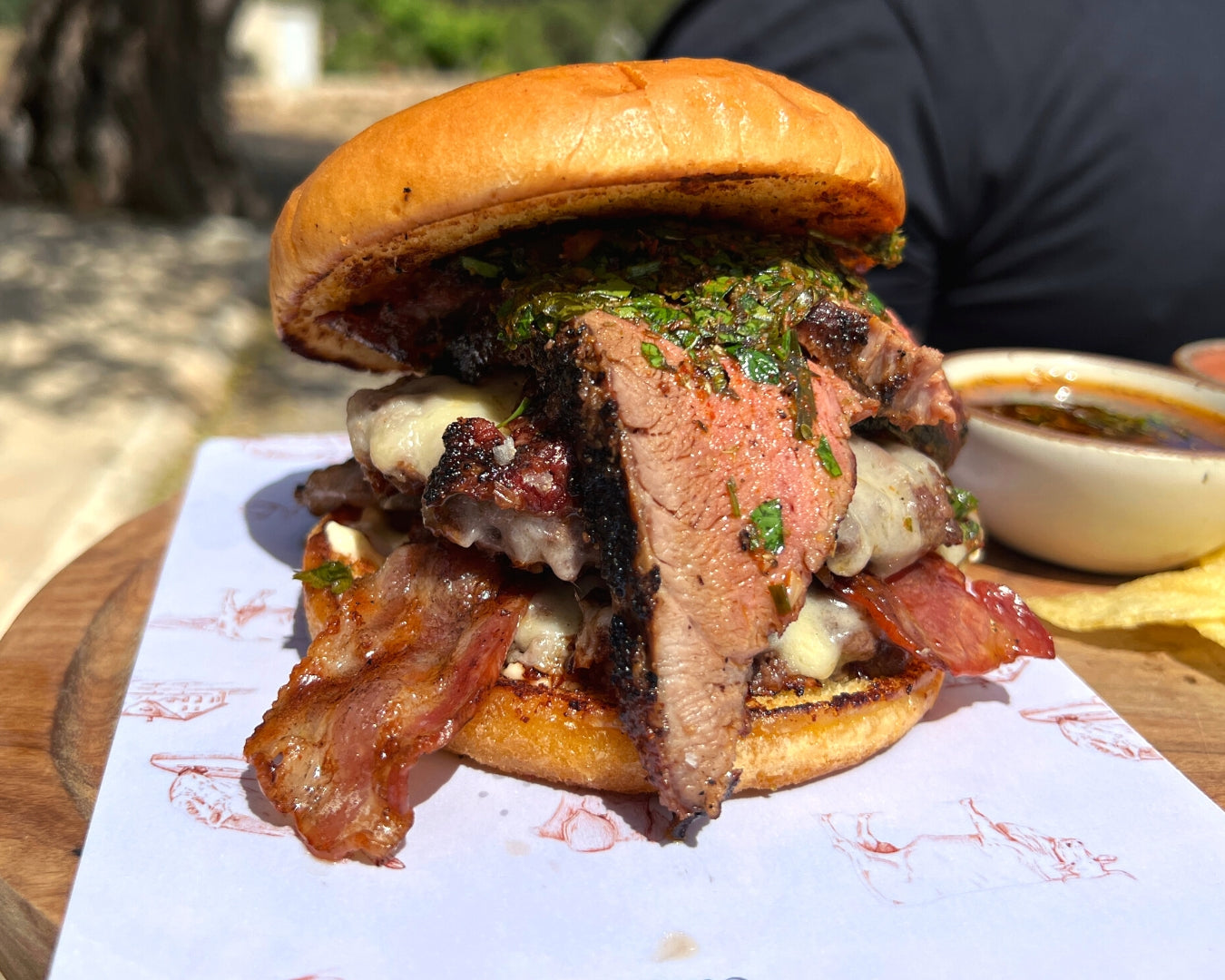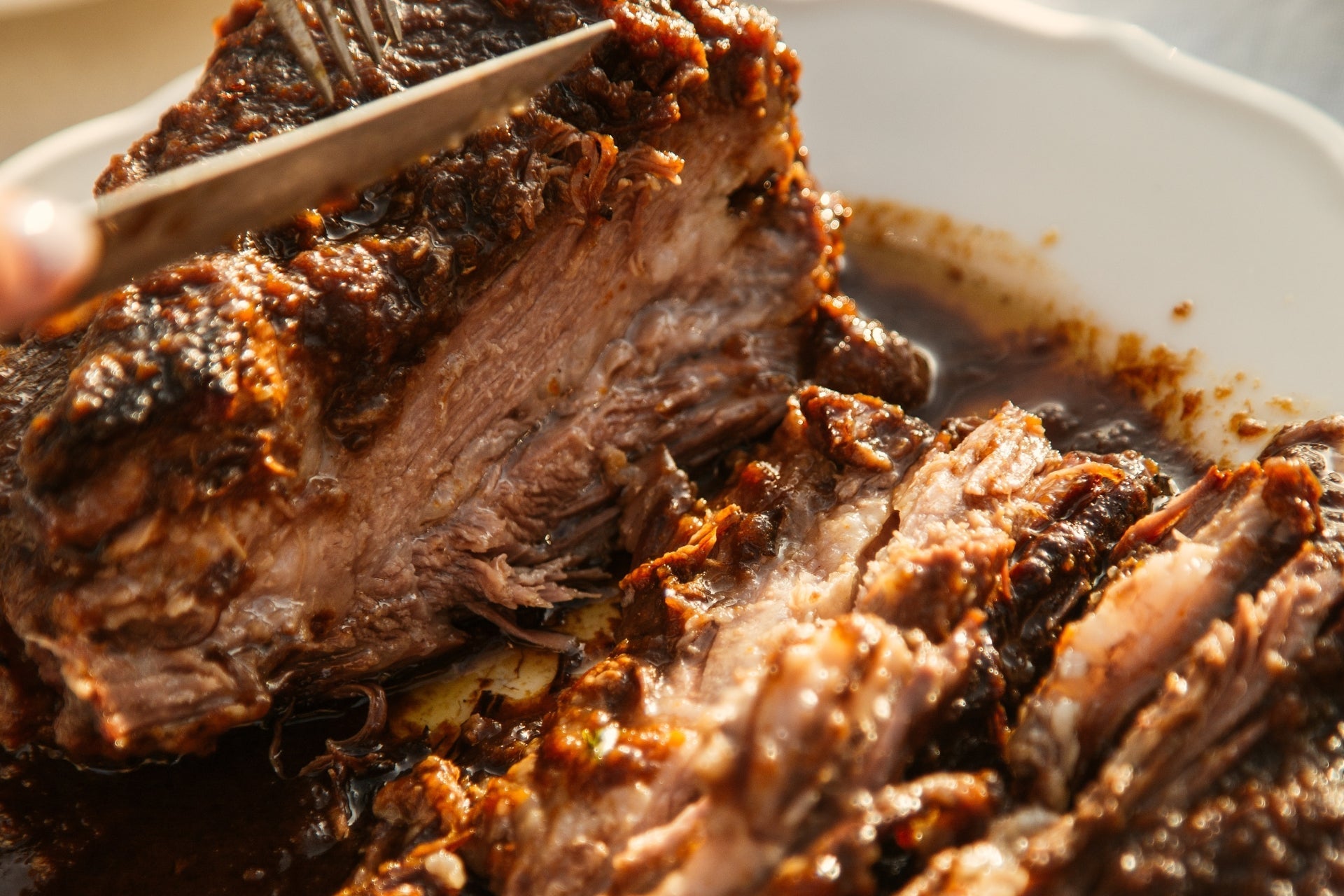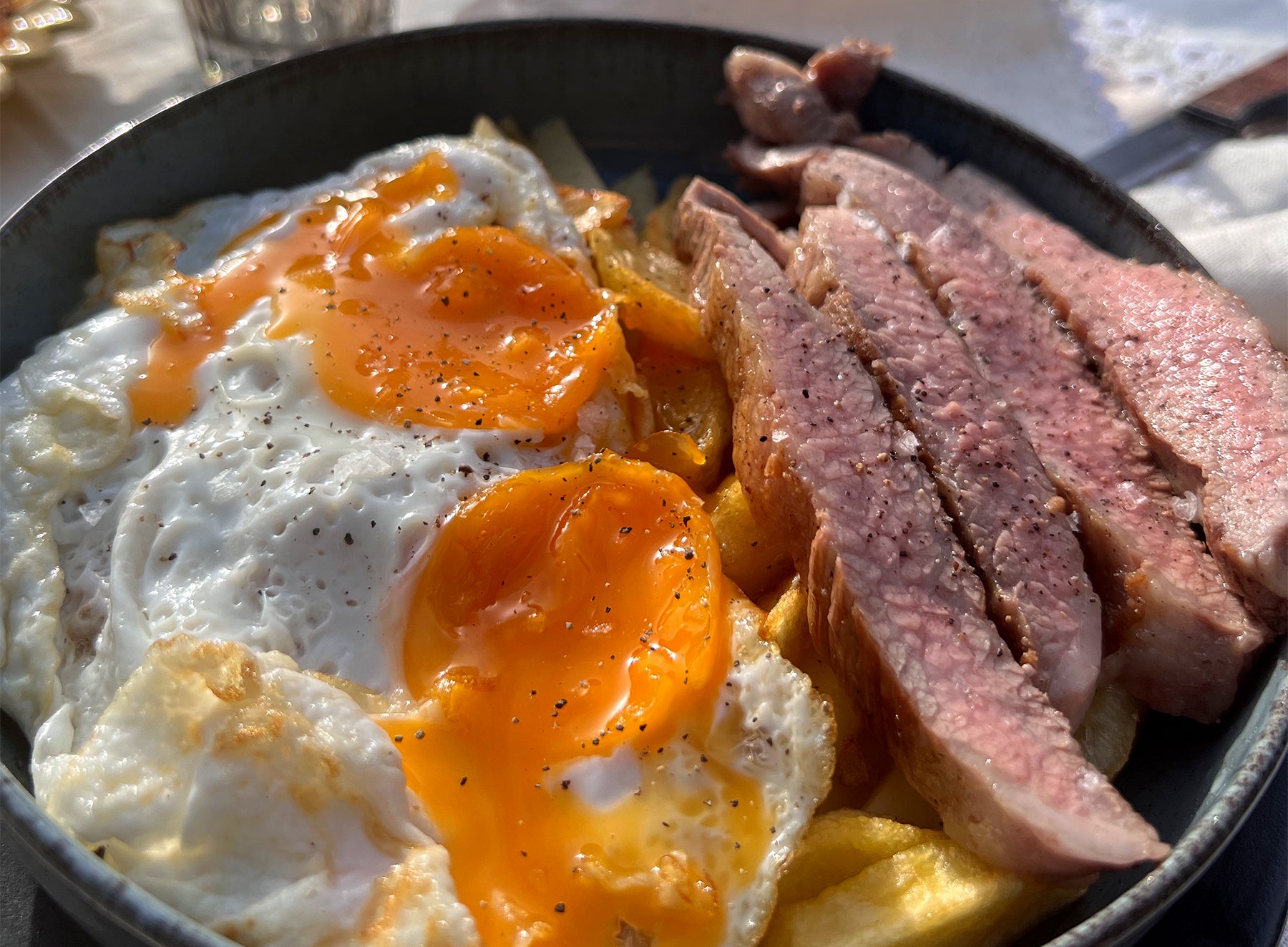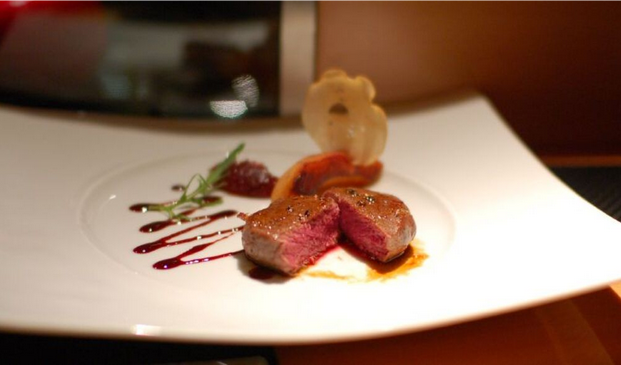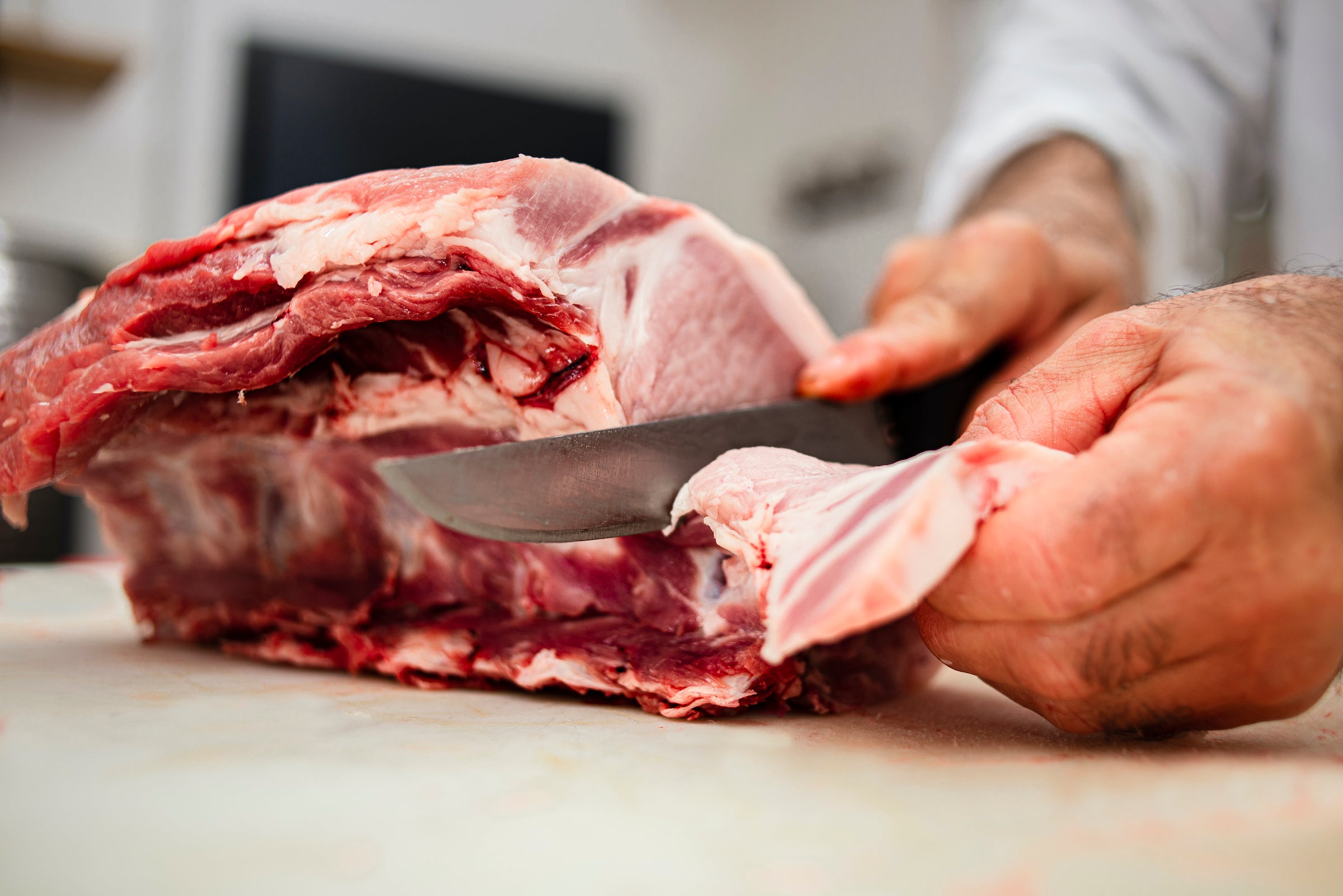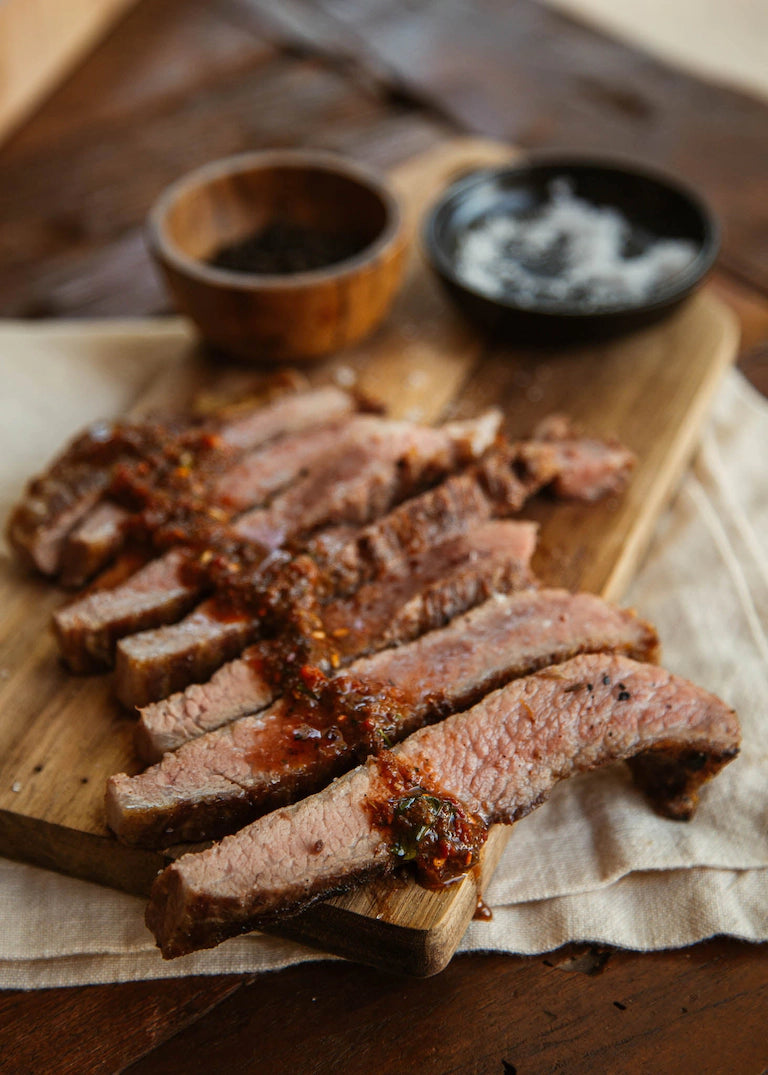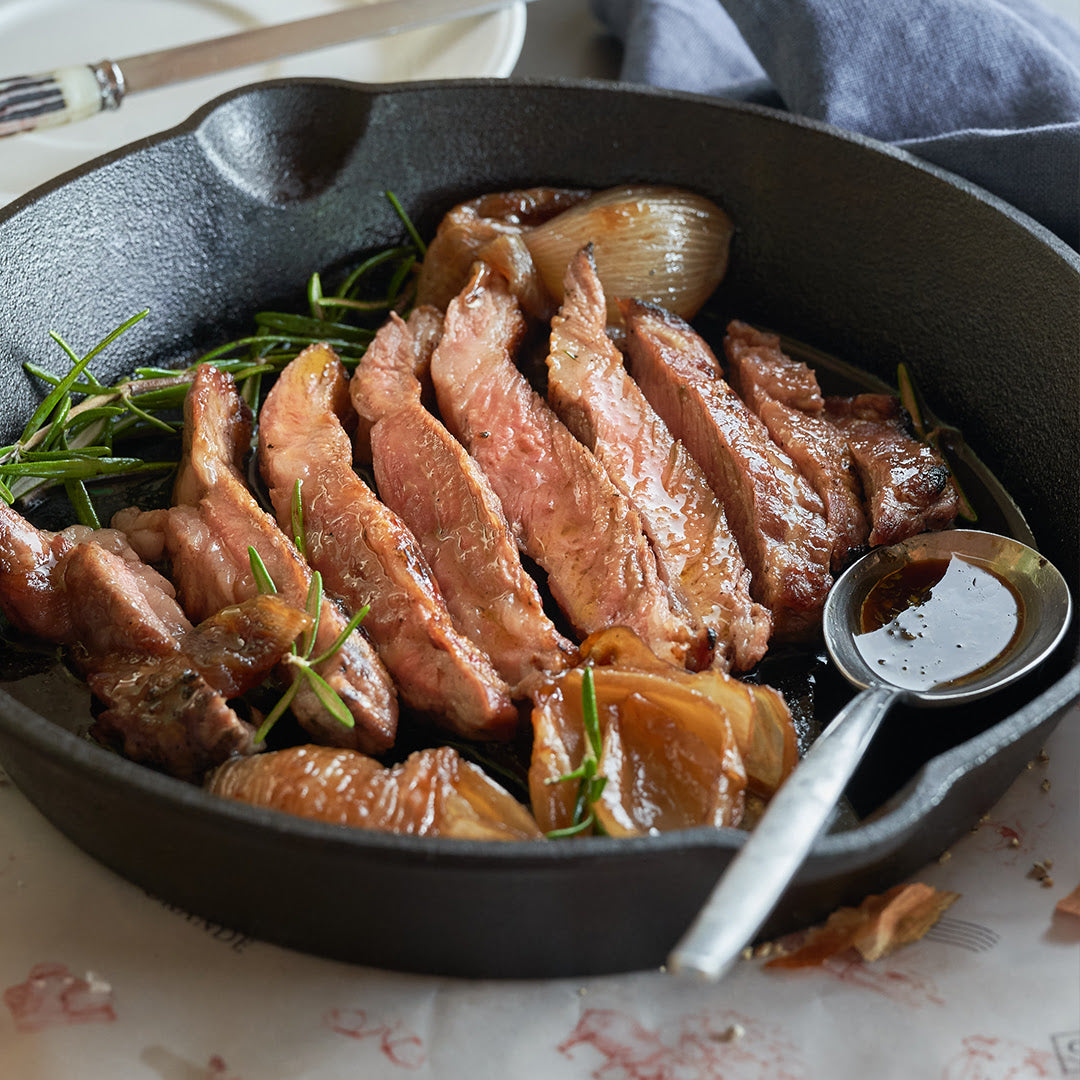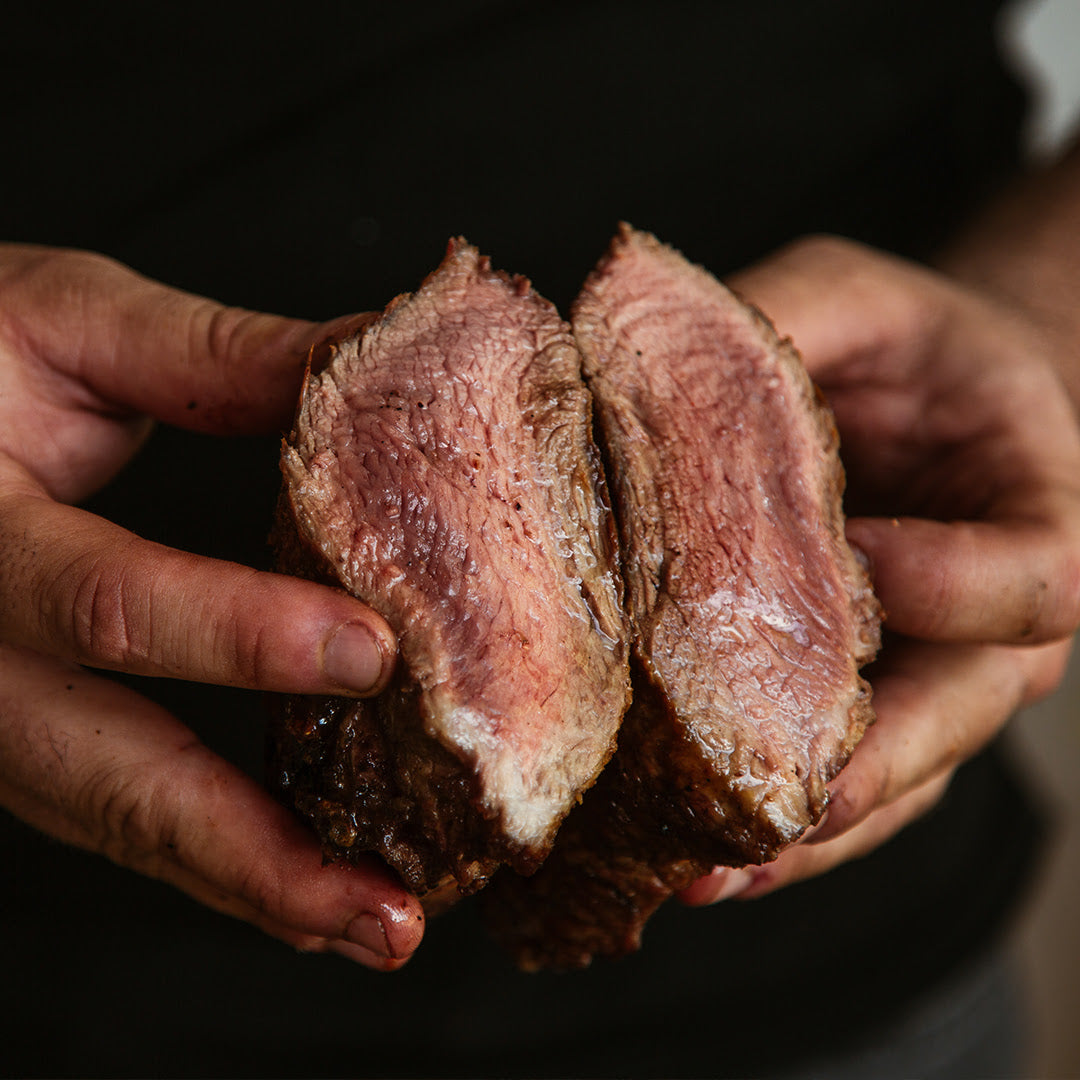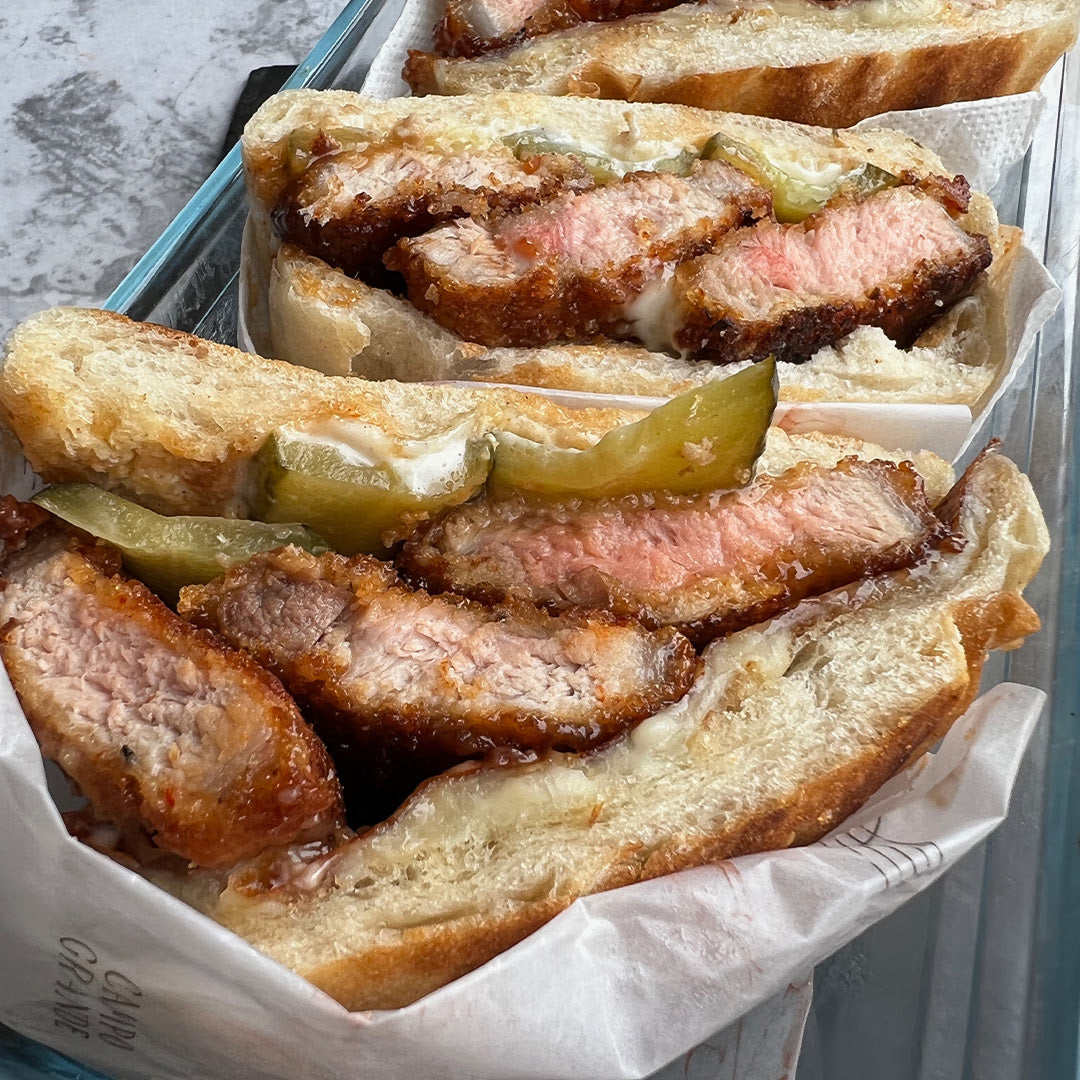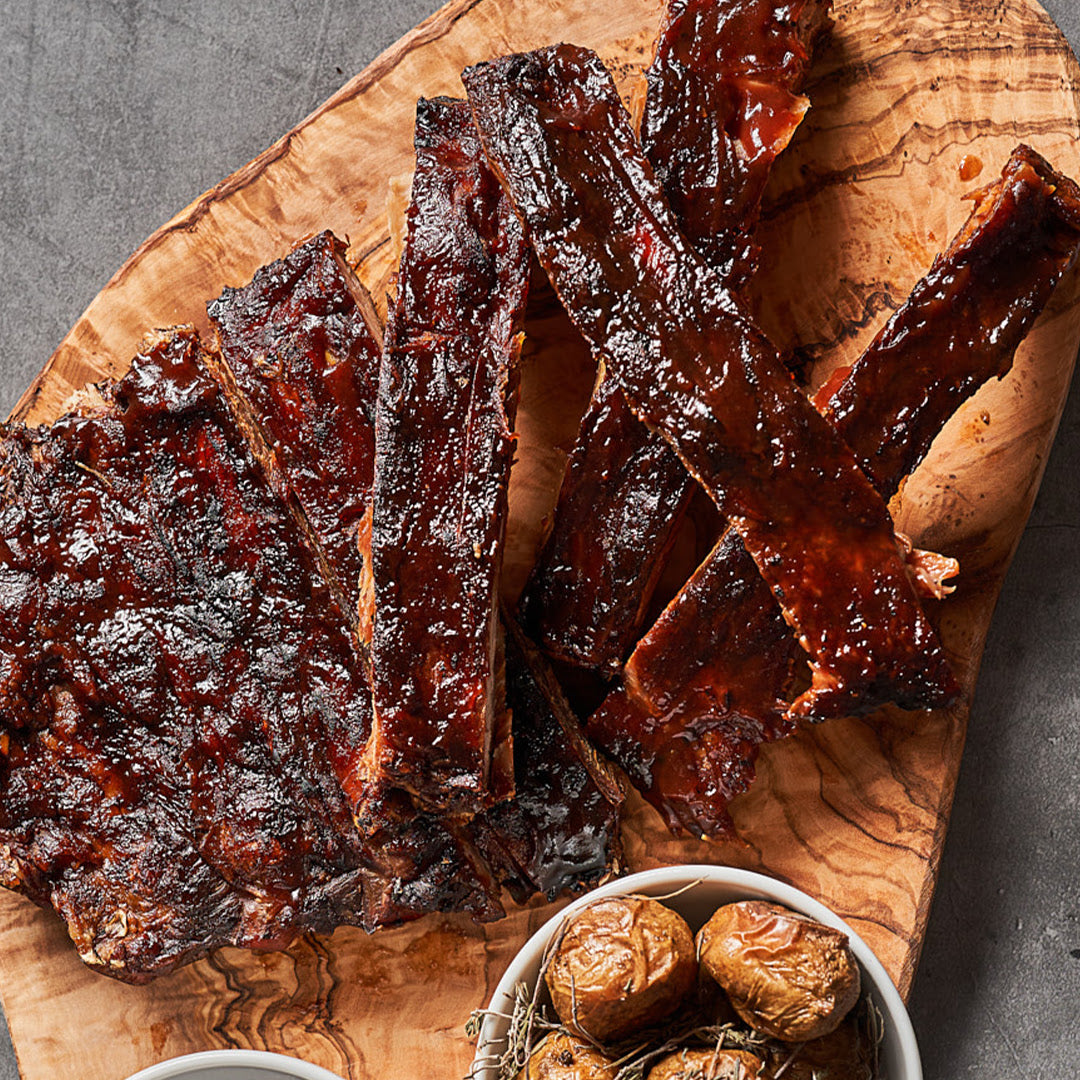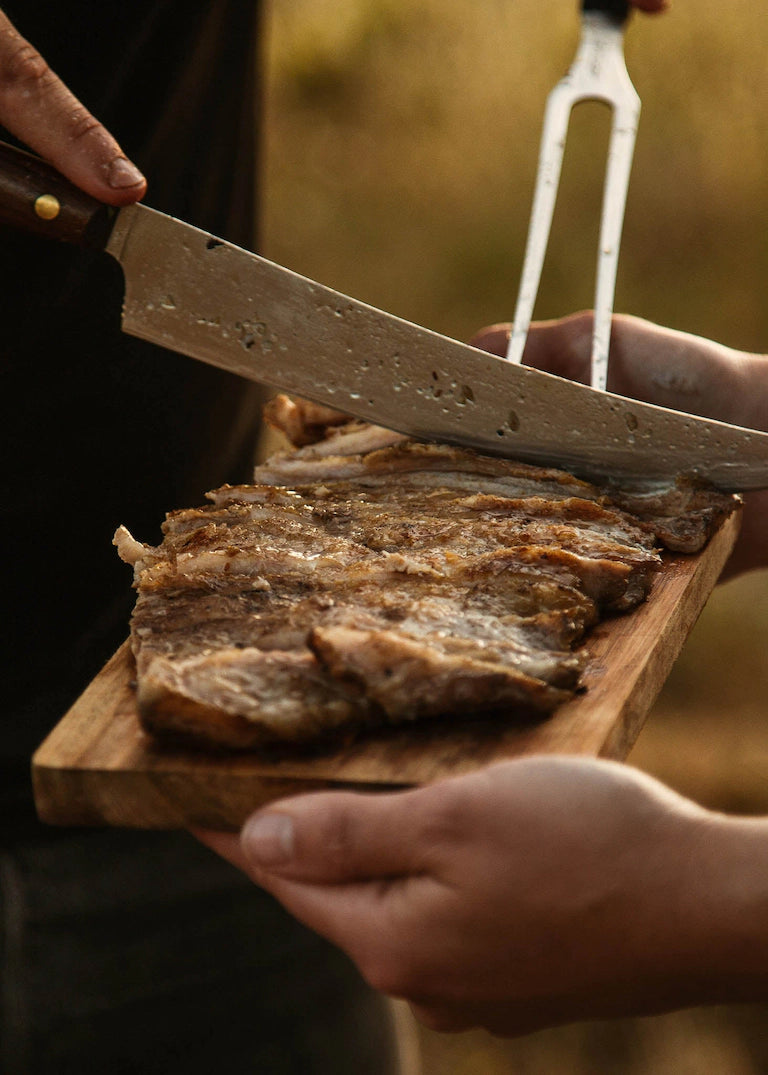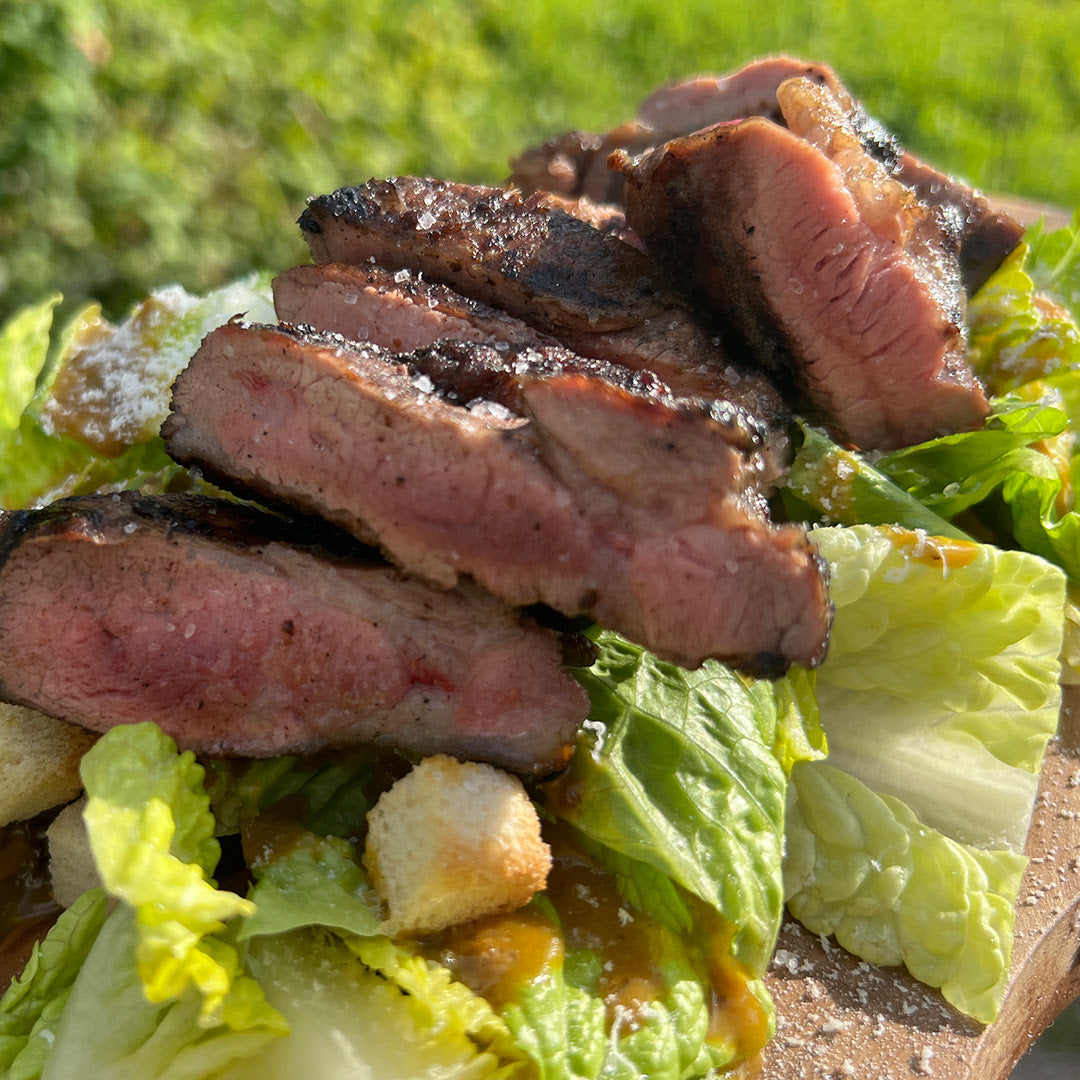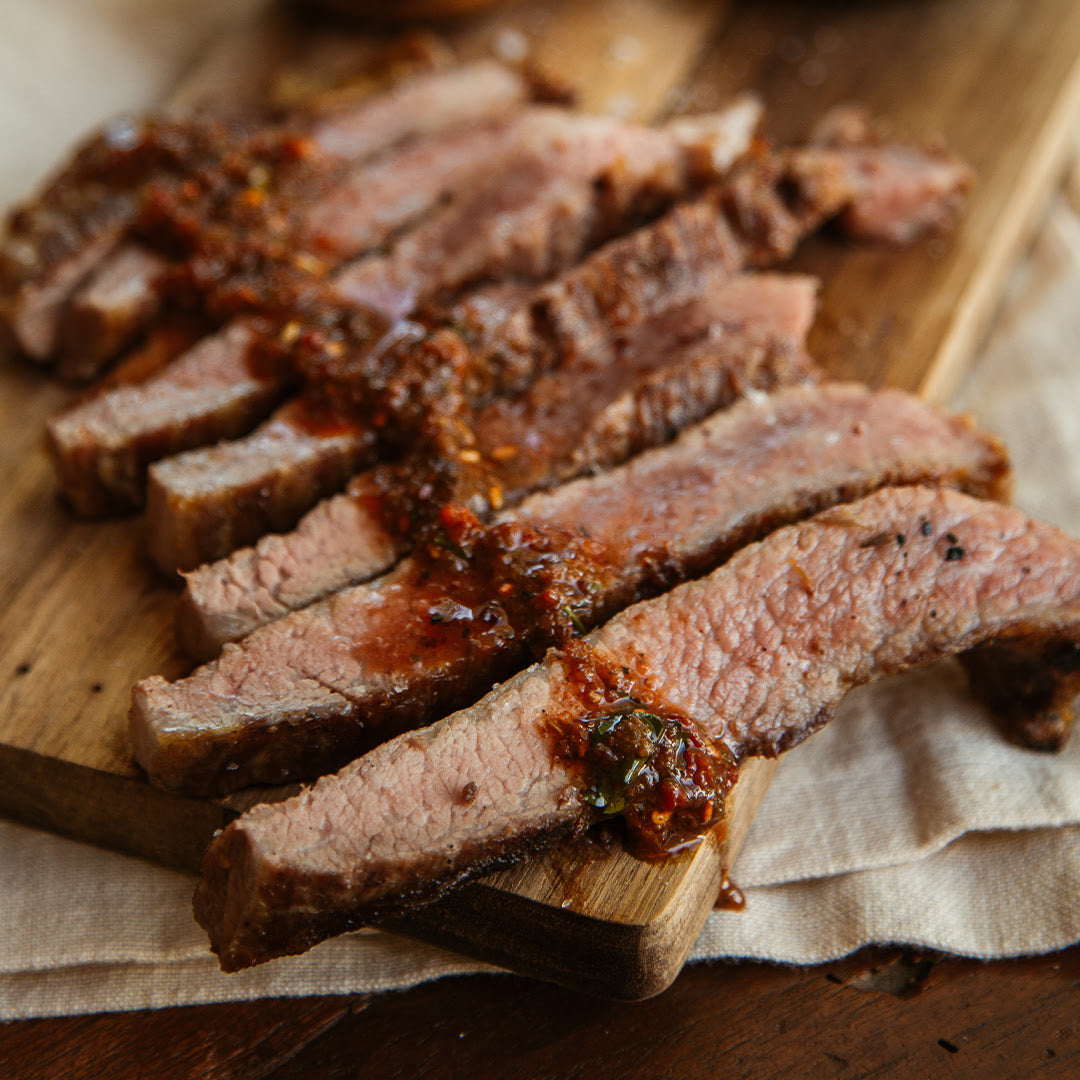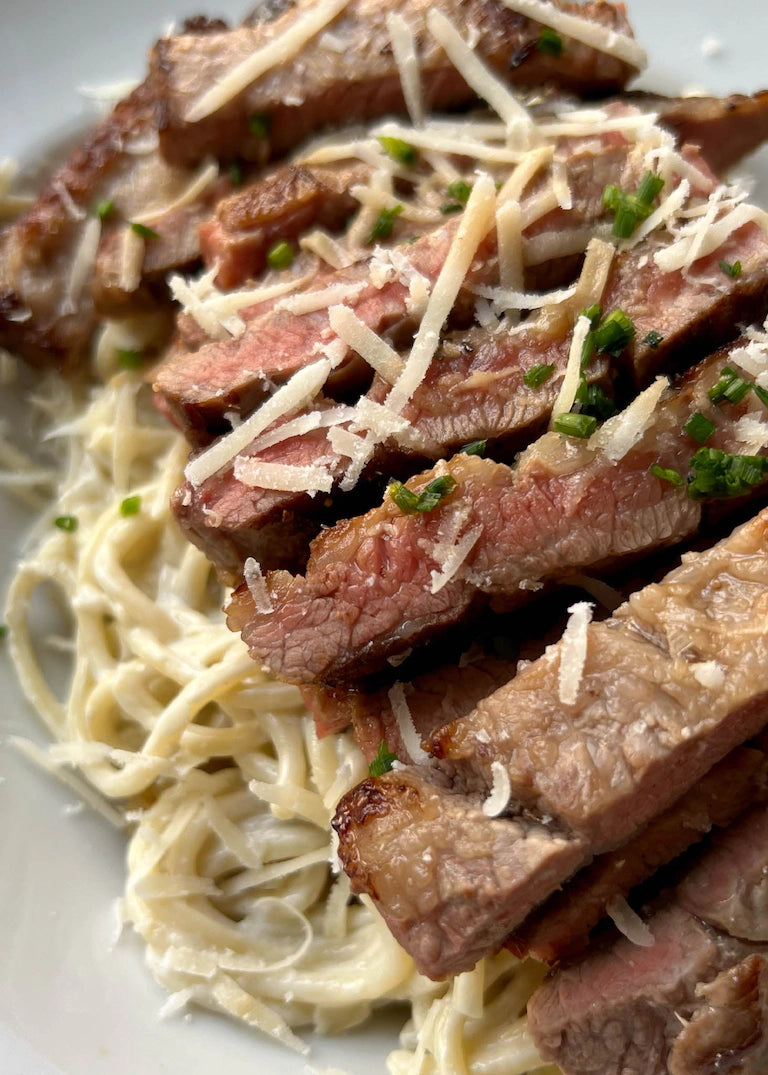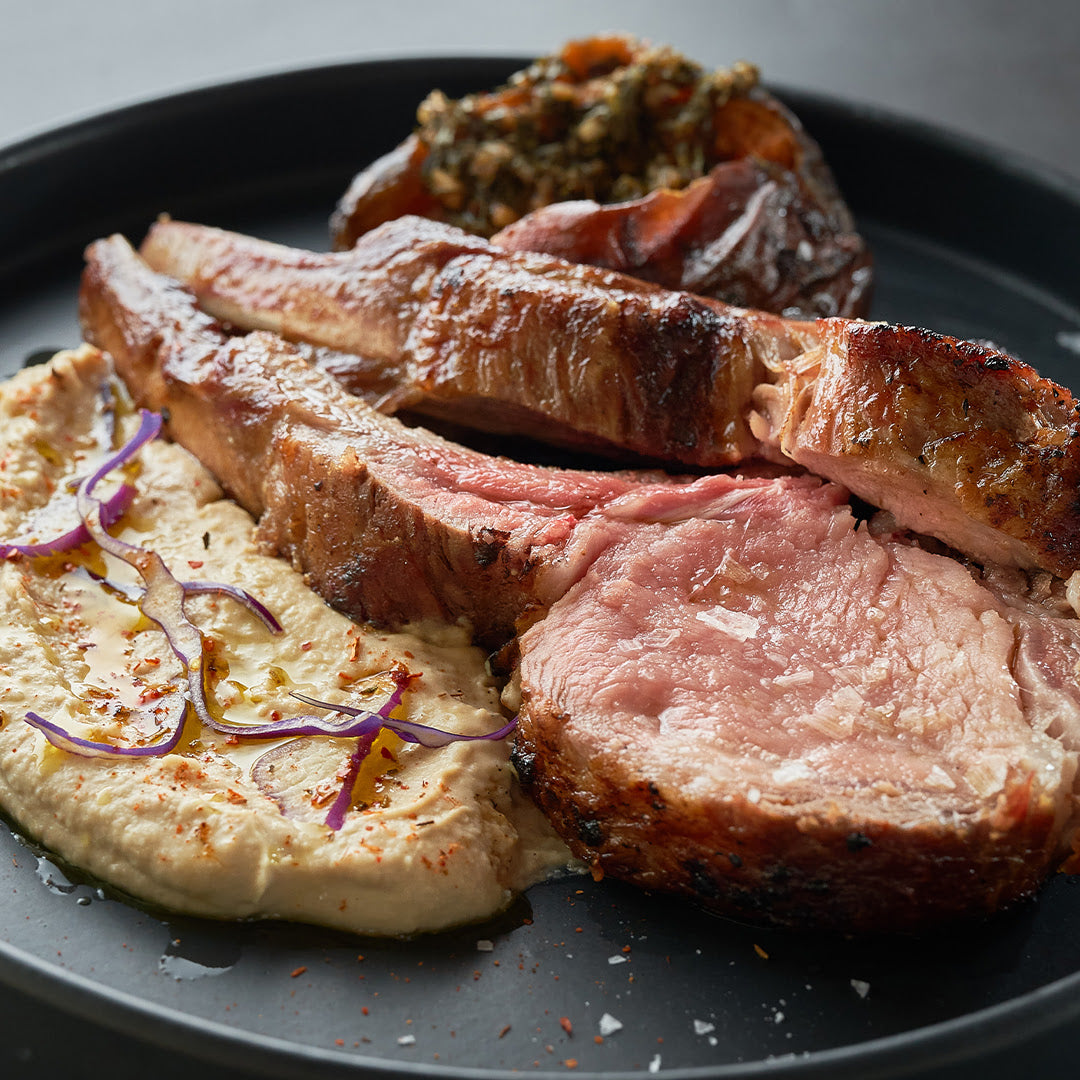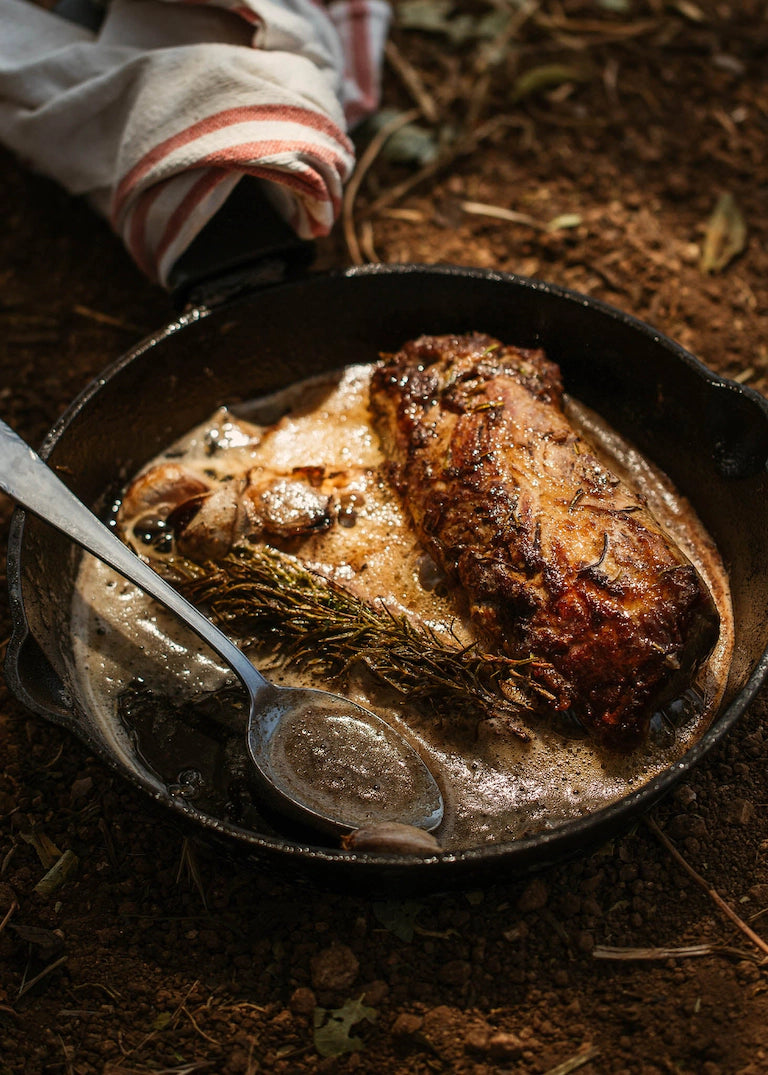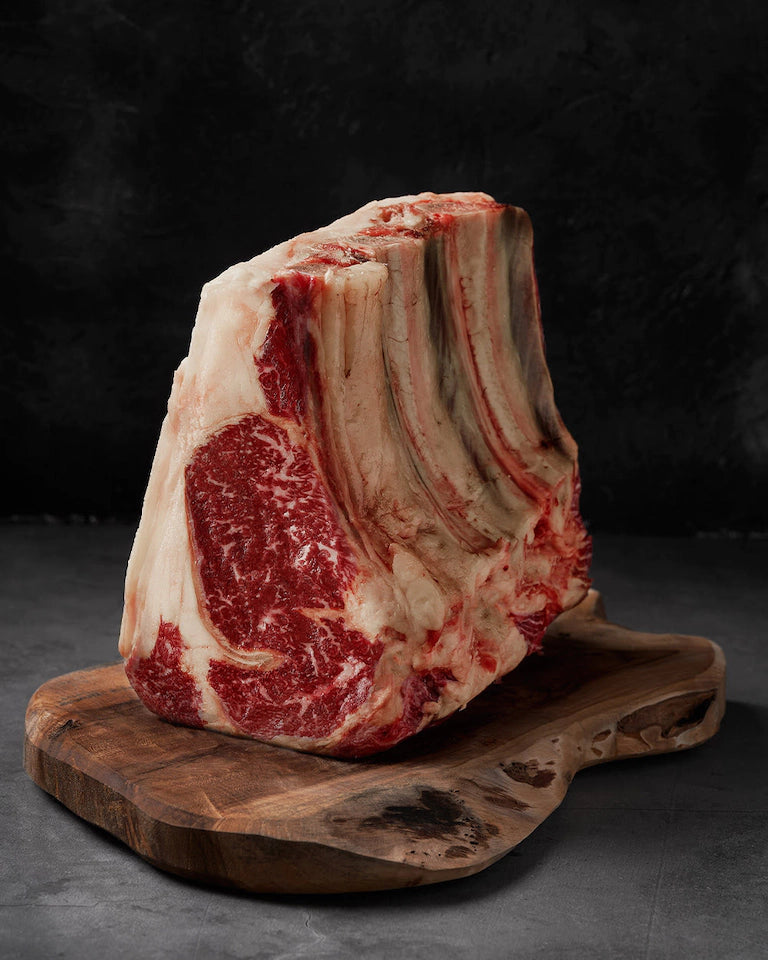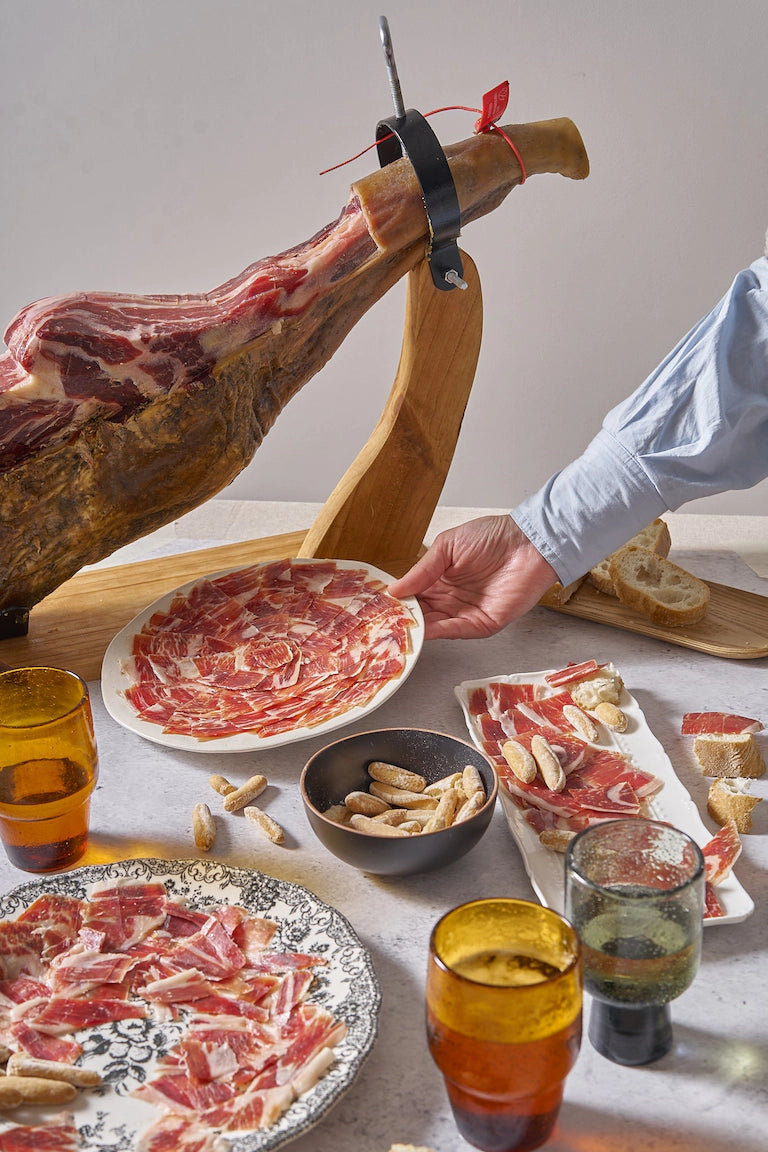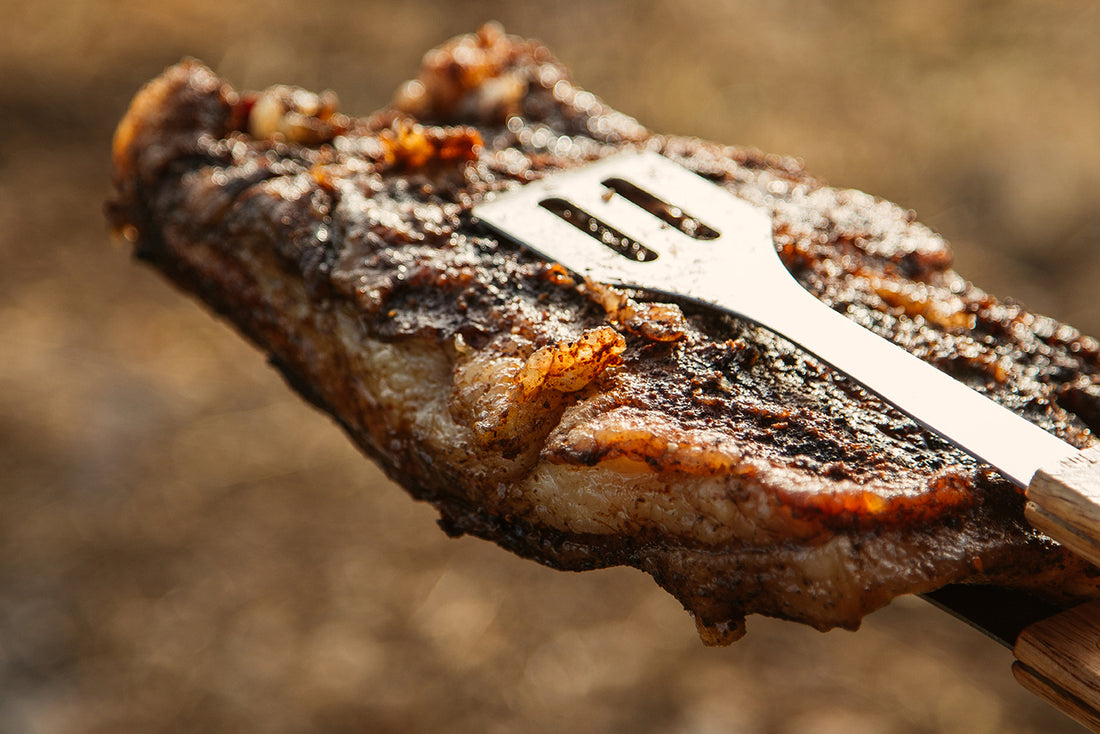
In a world where butter boards trend and olive oils are Instagram catnip, it’s hard to imagine that fats were vilified just a few decades ago. At one point, fat was so demonized that industrial food companies began replacing it with loads of sugar—not a win for the American health crisis.
In reality, animal fats have always been a significant part of the human diet, and not necessarily to our detriment. As Dr. Anthony Gustin, an expert in healthy fat and nutrition, points out:
“We've been eating animal fat for millions of years with extremely low if not absent heart disease rates.”
You might be wondering: How did animal fats suffer such a publicity crisis?
Answering that question starts with looking at an animal’s lifestyle. If we feed and raise them poorly, the result is poor-quality food. As the founder of Campo Grande, an artisanal Spanish food company, my team and I are on a mission to source animals that are thoughtfully raised and provide our customers with tastier, healthier products. Ultimately, we’re out to rescue the reputation of certain animal fats.
Here, a closer look at how an animal’s diet affects your diet, and how Campo Grande is changing the status quo.
Grazers and free-rangers
When it comes to the animals we eat, we can categorize them according to how they digest food. Ruminant animals—grazers like cows, goats, and sheep—have two separate stomachs that can digest grass. Compare that with humans—we can’t digest grass, but we can digest the animals that eat it. Ruminant animals live their best lives when they’re free-range, roaming pastures and climbing hills, in an all-day graze-fest. That means no grains, no corn, and no soy. Just lots of green grass goodness.
Monogastric animals, like pigs and poultry, have one stomach. These animals can and will digest a whole slew of foods (hence the phrase “eat like a pig”), but like humans, they can’t fully digest all grasses.
To get a tasty pork filet or a delicious chicken thigh, the best method is to let them run around and gather all kinds of nuts, seeds, bugs, or whatever else they can find. Free-range monogastric animals usually need to supplement their diet, and that’s where feed often comes in.
What farmed animals *really* eat
Unfortunately, in the United States, the animals we eat rarely get to live their best lives or consume their best diets. Using data from the Census of Agriculture and EPA, the Sentience Institute estimates that 99% of all U.S. farmed animals are living in factory farms.
What does that mean for these animals? Lots of hormones and antibiotics and unnatural growth rates. The Hulk in poultry form.
For monogastric animals like pigs, it means their feed is brimming with cheap grains like soy and corn to fatten them up quickly and cheaply. And for ruminants, it can be even worse, as their diets (loaded with soy and corn) are so far from the grass-fed diets they need.

How feed affects animal fat
We all know that natural, unprocessed fats are good for us, whereas hyper-processed fats that are stripped of their nutrients are—well, not. It’s like dipping your bread in extra-virgin olive oil versus slathering it in Crisco.
The same goes for animals. Healthy foods with their nutrients intact promote the production of the right types of fat. No matter how “free-range” the animal is— no matter how many massages you give it or love songs you sing to it— a diet of soy and corn alters the way the animal processes and develops fats.
Good versus bad acids
When animals develop unhealthy fats, it translates to you, the consumer. Corn-generated fat in pigs, for example, has a high amount of PUFA (polyunsaturated fats). The most common is one called linoleic acid, which is far from healthful. Linoleic acid is what you find in industrial processed oils like vegetable oil—what McDonald’s uses to fry their nuggets and fries.
Here’s the rub: monogastric animals (including humans) can’t fully use fatty acids, and unused acids are converted into body fat. So if we eat monogastric animals, like pigs, that have high amounts of PUFA, we can’t fully use the fatty acid and it becomes incorporated into our tissues. In sum: because of the way that monogastric animals, like pork and chicken, are fed and raised in the US, the majority of animal fat we consume is harmful to our bodies.
Ibérico pork, on the other hand, is high in oleic acids. In a nutshell, oleic acid is an unsaturated fatty acid that helps increase good cholesterol and reduce bad cholesterol. It’s famously found in high quantities in extra-virgin olive oil, one of Spain’s other specialties. The Ibérico pig diet is also corn-free, which makes it remarkably low in PUFA.
In a study analyzing the subcutaneous fat in Ibérian pigs fed with acorns, they found 59.1% oleic acid content and 62% of the total monounsaturated fatty acids, which was significantly high in comparison with other animal fats. And often, these percentages can be even higher. In other words, Ibérico pigs are like olive trees with legs— grazing the Spanish meadows and working up layers of heart-healthy intramuscular fat.
The Campo Grande approach
Growing up, I remember hearing my abuela’s stories about the matanza—Spain's age-old tradition of townsfolk coming together to stuff chorizo and hang hams for the winter. As a kid, snacking on paper-thin, glistening pieces of jamon ibérico, I didn’t quite understand the superb quality or the heart-healthy qualities. But I knew the taste was unlike anything else.
Not only is the majority of pork consumed in the US harmful—it simply doesn’t taste as good. When I launched my company, Campo Grande, I committed to ensuring that all of our pork was low in PUFA and linoleic fat. That’s why we work with family-owned farms that feed their pigs the types of foods they naturally want to eat. The same goes for our Vaca Vieja beef. After a long life of 100% grass-fed grazing, these cows develop an extremely healthy fat profile and even high levels of beta-carotene.
In short, I want to deliver to our customers the same health-promoting ham and beef, jam-packed with good-for-you fats, that I took for granted in my youth.
Final thoughts
By now, it’s common knowledge that fat can be good for you, as long as it’s the right kind of fat. When it comes to animal fat, healthy and delicious happen to go hand-in-hand. Try our velvety-thin slices of acorn-fed shoulder ham or our nutty, tender Ibérico coppa, and taste for yourself.
Ready to start eating good, healthy animal fat that’s high in oleic fat? Check out the Ibérico Pork Box or Vaca Vieja Beef Box and get started.

